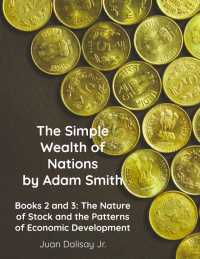Vortex Numbers
March 18, 2025 2 minutes • 315 words
Table of contents
A number is an instance of an identity.
“Instance” is Latin instantia, meaning presence. This is consistent with our perception-based Superphysics.
We can say that:
- 1 tomato is one instance of a tomato-identity.
- 3 tomatoes are 3 instances of the tomato.
Sometimes, numbers are used by themselves without any physical object.
For example 1 + 1 = 2 uses pure instances. It adds 1 instance to another instance to come up with 2 instances.
The mind assigs a new identity or name to this “2-instance instance” as the number 2.
There are an infinite number of instances, and so the mind would have to assign new identities to each instance, which is then has to remember.
Since the mind’s memory capacity is infinite, it groups the identities into repeatable patterns using the same base identities.
Humans have settled for base-10 as its grouping. For example, instead of writing arbitrary symbols up to infinity such as:
1, 2, 3, 4, 5, 6, 7, 8, 9, 𝄞, 𝄢, 𝄬, 𝄮, 𝅘𝅥,..
We could simply reuse the names of the identities by grouping them into 10:
1, 2, 3, 4, 5, 6, 7, 8, 9, 10, 11, 12, 13, 14, 15..
This makes sense since humans have 10 fingers. So each finger represents an instance of identity.
Base 5
But since there are 5 Elements and not 10, it’s better to use base-5:
1, 2, 3, 4, 10, 11, 12, 13, 14, 20, 21..
But this is confusing to people who have been used to base-10. So we use totally different symbols for the numbers based on the keyboard:
!, @, #, $, 0, !0, !@, !#, !$, @0, @1..
In this way, ! + ! = @. More properly, it is ! + ! :: @.
Vortex numbers are base-5 instances that can make geometry easier and less irrational.
It helps explain the relationship between the constants.







